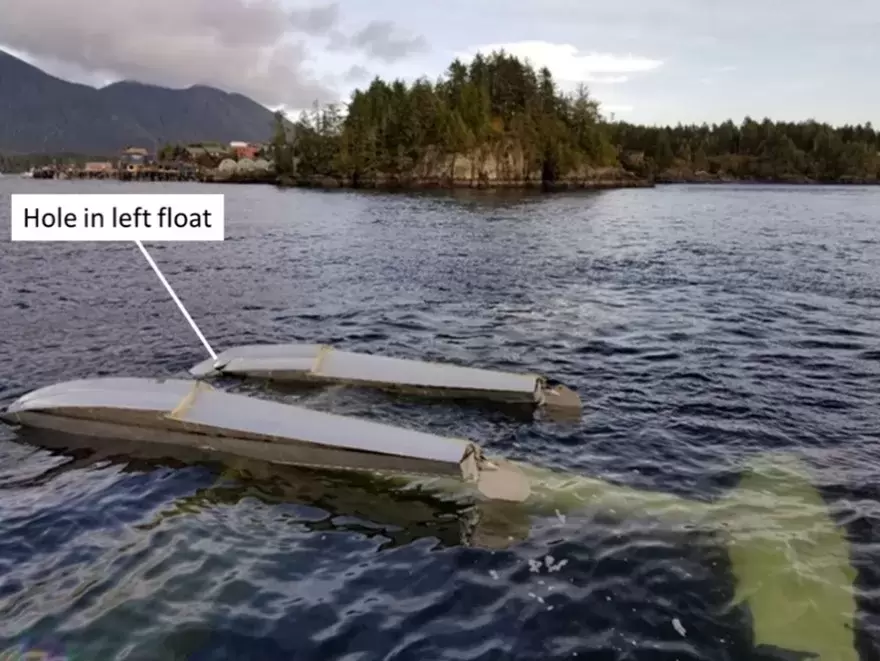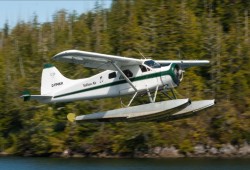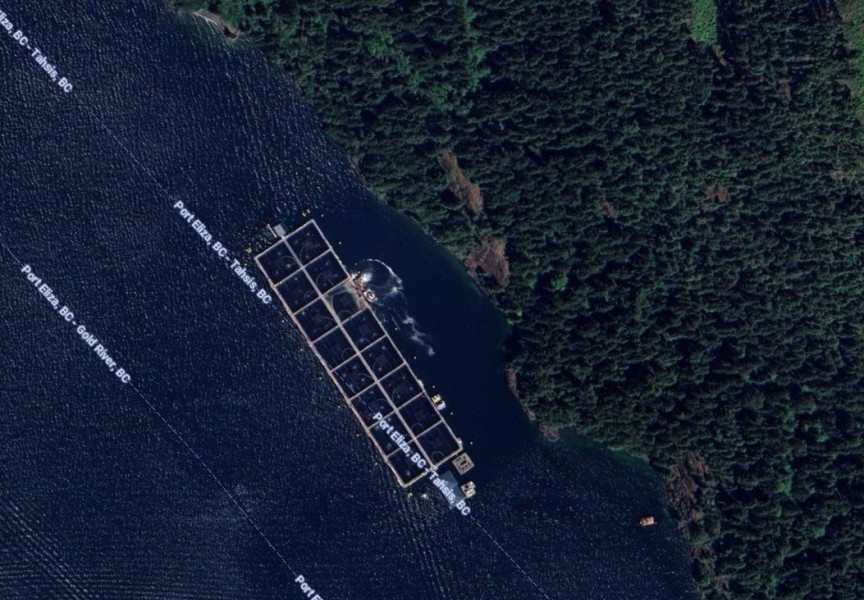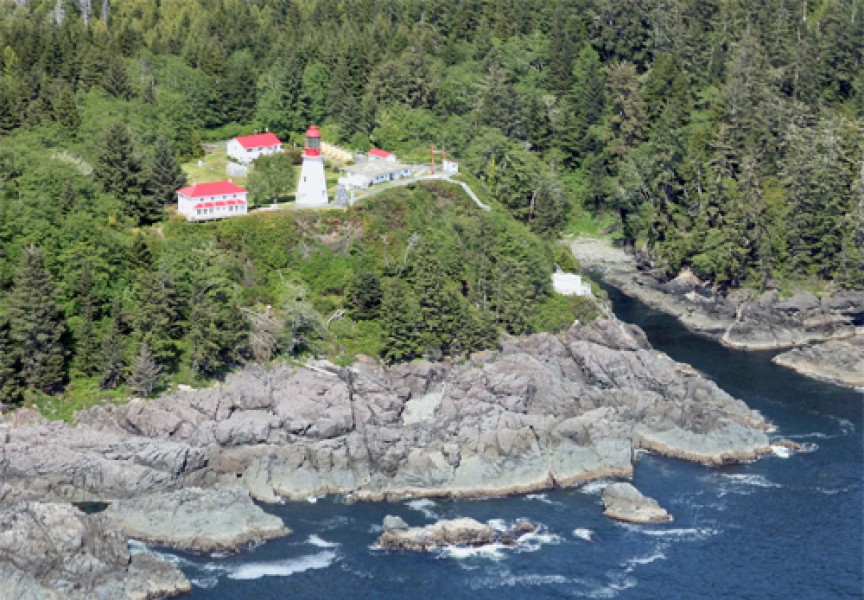The inability to see one another until seconds before impact is to blame for a float plane collision with an Ahousaht water taxi on Oct. 18, 2021, according to a Transportation Safety Board of Canada report released March 30.
The accident occurred in the busy Tofino Harbour in the autumn afternoon over a year ago, when a Tofino Air float plane, a de Havilland DHC-2 MK (Beaver), was coming in for a landing as an Ahousaht-based water taxi, the Rocky Pass, was also heading toward the First Street Dock.
According to the TSB report, the float plane had five passengers and one pilot aboard, while the water taxi carried two passengers and the skipper. The float plane was coming in for a landing as the Rocky Pass water taxi was preparing to land at First Street Dock, when the pair collided. Several people on the dock attempted to signal the water taxi operator of the danger, according to the TSB.
The report indicates that both the pilot and the skipper visually checked for clearance before coming in for landing, but, for several reasons including “blind spots”, both did not see each other until a few seconds before colliding. Both vessels attempted manoeuvres to avoid the crash, but time was not on their side.
“[N]either recognized that their routes would conflict until it was too late for evasive action to be effective,” reads the TSB report. “As a result, the aircraft and vessel collided, causing significant damage to the aircraft that required the occupants to conduct an emergency egress.”
One of the pontoons on the float plane was ruptured in the accident, causing it to take on water. Within two minutes and thirty seconds, the float plane went vertical, nose down, sinking, with only the pontoons staying on the surface of the water.
After checking his passengers and vessel, the water taxi operator, Chris Frank of Ahousaht, rescued the pilot of the plane while boats raced in from First Street Dock to pull the remaining passengers of the float plane from the water.
Three aircraft passengers and one water taxi passenger sustained minor injuries in the accident.
The float plane was towed ashore and dismantled. The water taxi sustained minor damage to its starboard side from the impact of the aircraft’s propeller blades.
The TSB found that neither the pilot nor vessel operator recognized that their routes would conflict until it was too late for evasive action to be effective. They noted that Tofino Harbour is busy with a large number of float plane take-offs in close proximity to public docks that are heavily used by boat traffic.
Add to that, aircraft and vessels operate on different VHF radio frequencies and cannot listen out for each other’s communications.
“[I]f busy harbours that have both marine and air operations do not have designated aircraft landing areas, means for aircraft to signal their presence, and vessel speed limits, there is an increased risk of collision as a result of vessels and aircraft operating in close proximity,” said the TSB report.
As a result of this investigation, the TSB issued a letter to Transport Canada in January 2022 advising them that there are no speed limits for vessels in the Tofino Harbour and that the local authorities in Tofino were unaware of the Vessel Operation Restriction Regulation. According to the TSB, Transport Canada responded by saying that the local authority has the responsibility to apply for vessel operations restrictions.
Since the accident, Tofino Air provided enhanced safety training to its pilots on emergency procedures and scanning techniques to address blind spots and stationary object illusions.
The TSB is an independent agency that investigates air, marine, pipeline, and rail transportation occurrences. Its sole aim is the advancement of transportation safety. It is not the function of the Board to assign fault or determine civil or criminal liability.










